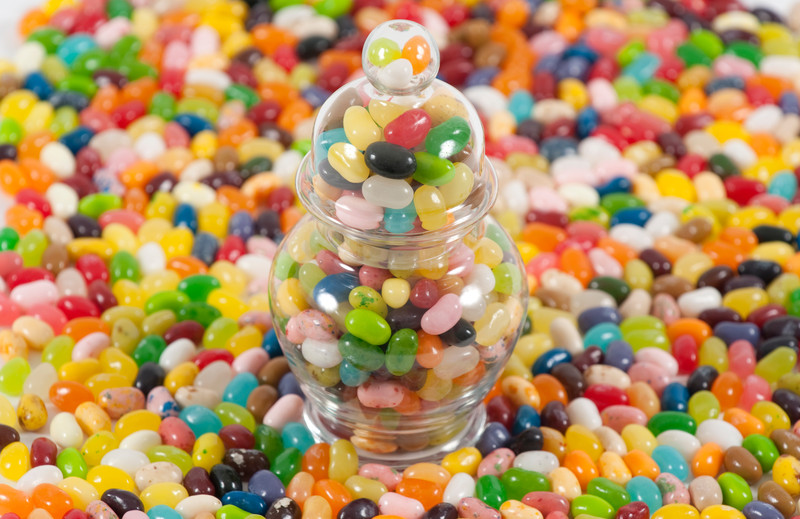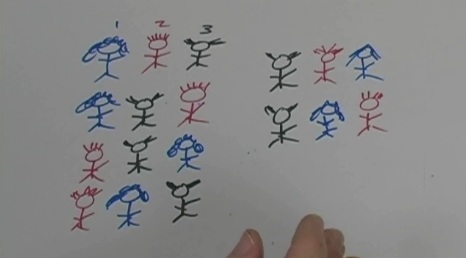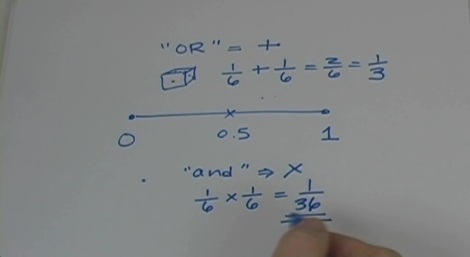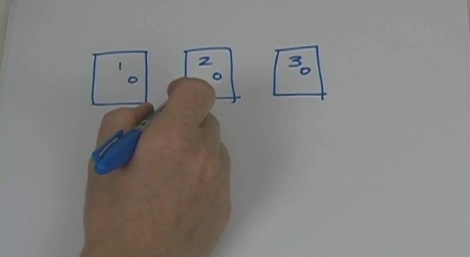If I said “3!“, would you think the 3 is really excited, or that you have to shout the number?
In fact, it’s a mathematical operation called factorials, and boy are they fun! They may seem complicated at first, but they’re really a very basic concept. The exclamation point behind a number means that you multiply that number by each successively lower number, in order, until you get to one.
So 3! would be 3 x 2 x 1 = 6.
Take a look at the video for an explanation of how factorials work and how they can be used.
Please
login or
register to read the rest of this content.




